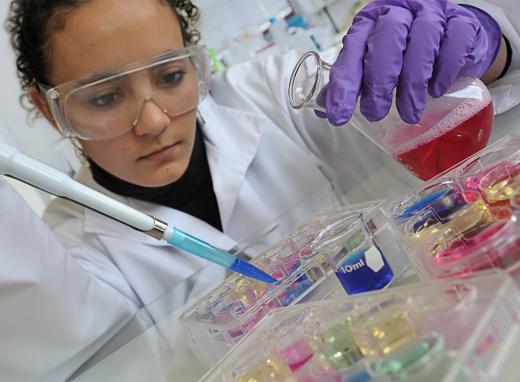In Chemistry, What Is the Standard State?
 Mary McMahon
Mary McMahon
The standard state is an arbitrary condition set for a material for the purpose of creating a standardized reference point. This allows researchers and others who want to communicate information about the substances they work with to know that people reading that information will understand the point of reference used for measuring change, activity, and other characteristics. Some organizations have set guidelines to establish the standard state for various elements and expect their members to abide by them.
Classically, the standard state of a material is its natural condition when it is at one atmosphere of pressure or a concentration of 1 mole per liter. While this is not dependent on temperature, some researchers may note 77° F (25° C) as a standard temperature in this state for reference, as it may be important when discussing chemical activity. With this as a benchmark, a researcher can more easily describe what happens when pressure and other environmental characteristics change.

Researchers may make assumptions about the standard state of elements; they are presumed to be pure, for example, unless the documentation states otherwise. Such assumptions are also standardized to ensure that researchers work with the same basic information. If confusion is likely, a researcher can specify what is meant by the standard state in a given experiment or discussion. Despite the “standard” in the name, standard states can actually fluctuate and researchers may adjust them to meet their needs.

Tables on the properties of various materials use the standard state as a reference when describing their activities at higher and lower temperatures, pressures, and other conditions. This is the zero line that a researcher can use to measure degrees of change. For the purpose of introductory science courses, teachers and textbooks often define standard states simplistically to provide students with the basic information they need without overwhelming them. As students progress in chemistry, they may encounter more advanced discussions of standard states.
The superscript symbol ° may be used to indicate that a material is in its standard state. In experimental documentation, it is important to provide information about the state that materials were in at the time of an experiment. This will make it easier to test and repeat the results. Essentially, the standard state is the “normal” for the material under discussion. If the material was in a different state, this would be need to be noted to contextualize the results.
AS FEATURED ON:
AS FEATURED ON:












Discuss this Article
Post your comments